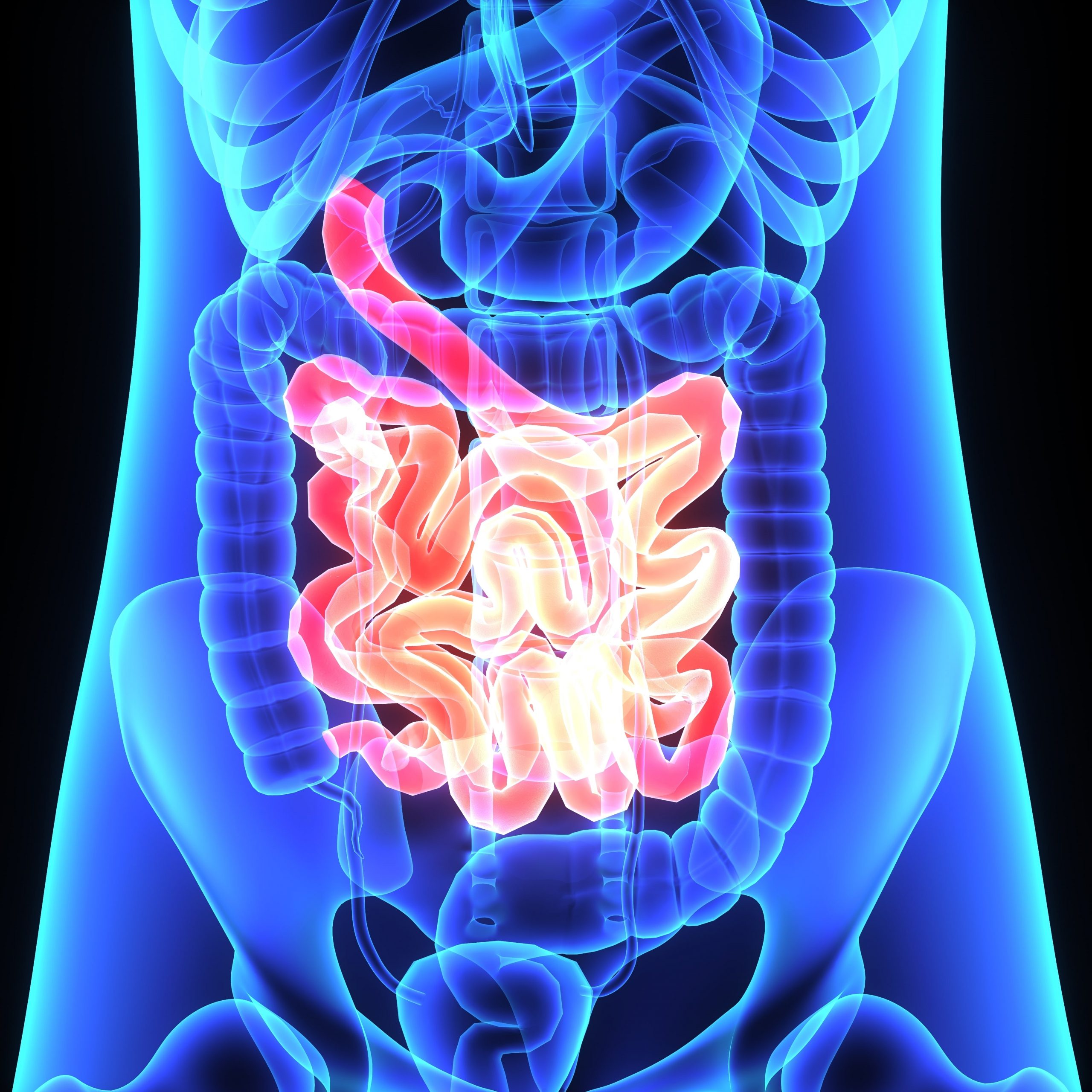Small Intestine Endoscopy
What is Small Intestine Endoscopy?
The small bowel is the longest and deepest part of the digestive tract and measures about 6 metres in length. Hence, it cannot be reached with normal endoscopic techniques. Recent technological breakthroughs now enable endoscopists to visualise the small bowel and perform endoscopic interventions. There are 2 methods to access the small bowel: Capsule Endoscopy, and Deep Enteroscopy. The doctor should be able to discuss with the patient which method is more suitable for the specific clinical situation.

Capsule Endoscopy
Capsule Endoscopy utilises a pill-sized camera with a light source to visualise the small bowel as it travels through it. The capsule is the size of a large pill and can be easily swallowed in the doctor’s office. Once it enters the digestive system, it will capture images of the digestive system and transmit these images wirelessly to a data recorder worn by the patient. The patient will not feel the capsule and can proceed with his daily activities. The capsule will not be digested or absorbed and will eventually pass out through a bowel movement. The capsule is single-use and lasts up to 16 hours, which is usually sufficient to visualise the entire small bowel. The data in the recorder is then downloaded to a computer for the doctor to view.
Deep Enteroscopy
Deep enteroscopy is a technique that allows the doctor to advance a long endoscope into the small bowel for diagnostic and therapeutic purposes. The technique utilises a device such as a balloon or spiral overtube to enable doctors to advance through the long and mobile small bowel. The endoscope can be passed through the mouth (antegrade enteroscopy) to access the upper small bowel or through the anus (retrograde enteroscopy) to access the lower small bowel. Specialised long accessories enable the doctor to perform endoscopic interventions through the long endoscope These interventions include tissue biopsy, polyp resection, tissue ablation, dilation of strictures and removal of foreign objects.
Small Intestine Endoscopy is most commonly used for the following cases:
- Evaluation and sampling of abnormal areas in the small bowel detected on other scans.
- Evaluation and treatment of suspected bleeding from the small bowel.
- Evaluation and treatment of unexplained iron deficiency anaemia.
- Evaluation of unexplained abdominal pain.
- Evaluation and resection of polyps in patients with polyposis syndrome.
- Treatment of small bowel strictures.
- Monitoring of small bowel disorders.
Before the Small Intestine Endoscopy
You should fast for at least 6 hours prior to your small bowel enteroscopy. You may drink clear fluids up to 2 hours before the procedure except for milk, which is not allowed during the fasting period.
In general, most medications should be continued before the enteroscopy with the exception of diabetes medication and blood thinners. Diabetic medications should be omitted during the fasting period. You should check with your doctor if your blood thinner needs to be discontinued prior to the procedure.
You will need to undergo bowel preparation for some of the examinations. Please check with your doctor.
As you will be given medication to make you sleepy, you must not drive, work or make any important decisions after the procedure. A medical certificate will be issued if needed and you should rest at home for the rest of the day.
A nurse will conduct final checks, and an intravenous line will be inserted.
A throat spray will be administered to lessen the discomfort of the procedure.
You will be lying on your left, with your legs curled up and a plastic bite will be placed between your teeth to protect your teeth.
Sedation will then be given. After you have fallen asleep, the procedure will begin. You will likely not remember any parts of the procedure. You will be breathing on your own and monitored closely during the procedure.
You will be cared for in a recovery area or room. The nurses will give you food and drink when they assess that you are ready. You should arrange for a family member to take discharge instructions and take you home. You should only resume working and driving the following day.
Sometimes, you may have a mild sore throat, bloating and cramping. This normally goes away after 24 hours.
Small Intestine Endoscopy is an advanced endoscopic procedure. For capsule endoscopy, the general risk is camera capsule device retention which happens < 2% in bleeding population but the risk increases in patients with history of abdominal surgery, crohn’s disease and suspected bowel obstruction. For Deep enteroscopy, the general risks are bleeding and perforation as the small bowel walls are known to be thinner than the stomach or colon lining. In general, deep enteroscopy is just as safe as the general endoscopy when it is done correctly by a well trained specialist.
Small Intestine Endoscopy is an advanced endoscopic technique. Additional training after specialisation is required to perform both capsule endoscopy and deep enteroscopy properly. In particular, deep enteroscopy required a period of supervised training and adequate case exposure as the technique is very different from general endoscopy and much more difficult to perform.
The cost of endoscopy depends on the case complexity, your doctor will discuss the cost with you during financial counseling.




